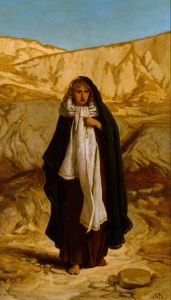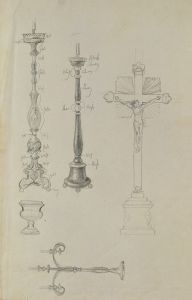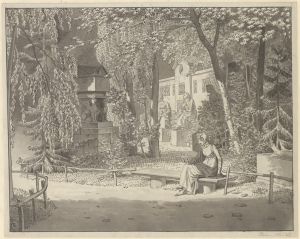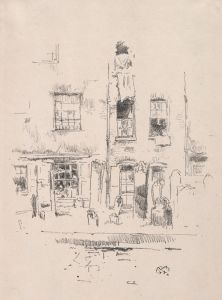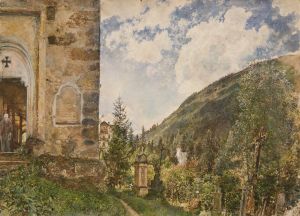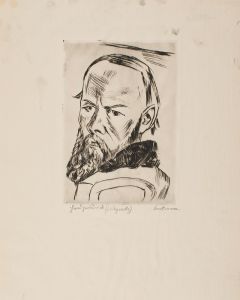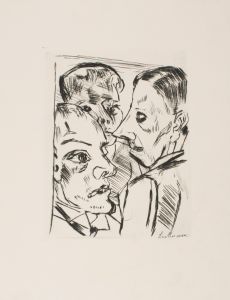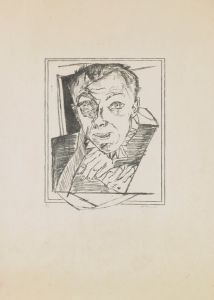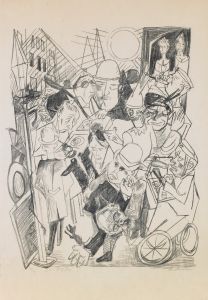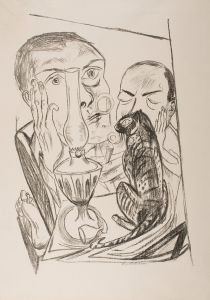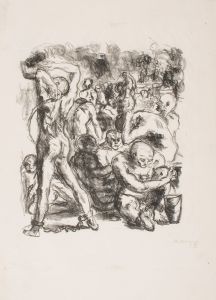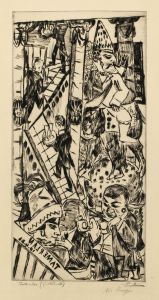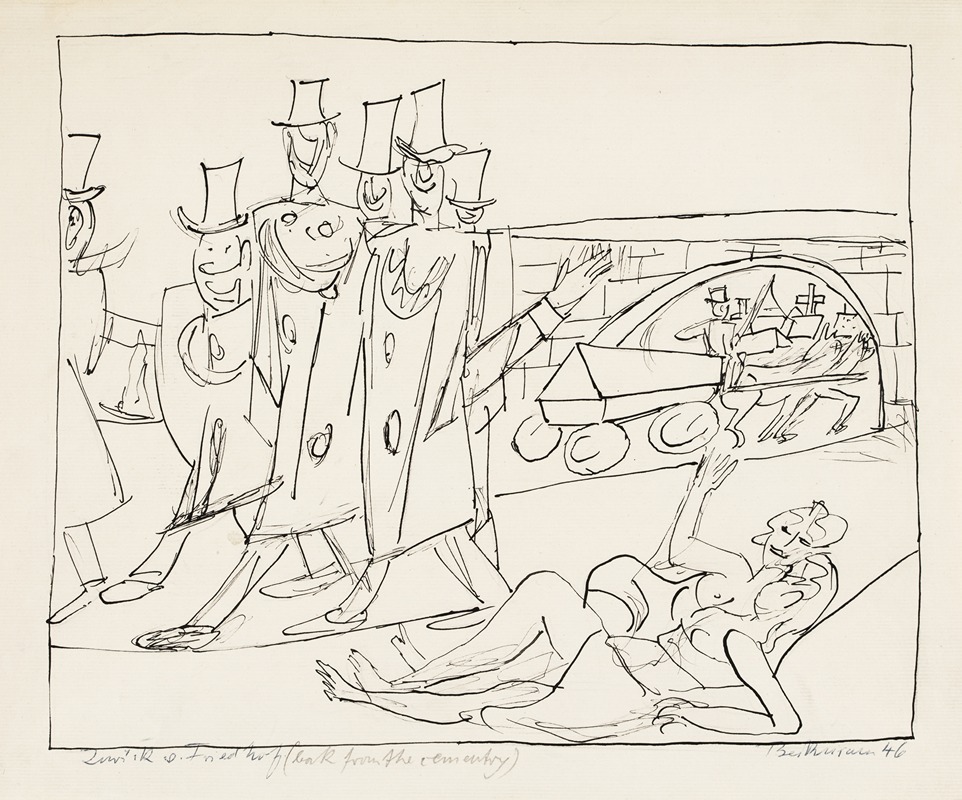
Zurück vom Friedhof
A hand-painted replica of Max Beckmann’s masterpiece Zurück vom Friedhof, meticulously crafted by professional artists to capture the true essence of the original. Each piece is created with museum-quality canvas and rare mineral pigments, carefully painted by experienced artists with delicate brushstrokes and rich, layered colors to perfectly recreate the texture of the original artwork. Unlike machine-printed reproductions, this hand-painted version brings the painting to life, infused with the artist’s emotions and skill in every stroke. Whether for personal collection or home decoration, it instantly elevates the artistic atmosphere of any space.
Max Beckmann's painting "Zurück vom Friedhof" (translated as "Back from the Cemetery") is a significant work by the German painter, known for his unique style that blends elements of Expressionism and New Objectivity. Beckmann, who lived from 1884 to 1950, is recognized for his complex compositions and profound exploration of human conditions, often reflecting the tumultuous socio-political landscape of his time.
"Zurück vom Friedhof" was created in 1919, a period marked by Beckmann's transition from the traumatic experiences of World War I to a more introspective and symbolic approach in his art. The aftermath of the war had a profound impact on Beckmann, influencing his thematic focus on existential themes, mortality, and the human psyche. This painting is a part of Beckmann's exploration of these themes, capturing the somber mood and the introspective nature of post-war society.
The painting depicts a group of figures returning from a cemetery, a scene that evokes a sense of mourning and reflection. Beckmann's use of bold lines and stark contrasts in color enhances the emotional intensity of the scene. The figures are rendered in a manner that suggests both individuality and anonymity, a common technique in Beckmann's work that invites viewers to contemplate the universal aspects of grief and loss.
Beckmann's style in "Zurück vom Friedhof" is characterized by a departure from the more chaotic and fragmented forms of early Expressionism. Instead, he employs a more structured composition, reflecting the influence of New Objectivity, which sought to present a more realistic and sober view of the world. This approach allows Beckmann to convey the gravity of the subject matter with clarity and depth.
The painting is also notable for its symbolic elements. The cemetery, a recurring motif in Beckmann's work, serves as a metaphor for the inevitability of death and the transient nature of life. The figures' expressions and postures suggest a range of emotions, from resignation to contemplation, highlighting Beckmann's ability to capture the complexity of human emotions.
"Zurück vom Friedhof" is housed in the collection of the Museum Ludwig in Cologne, Germany. It remains an important example of Beckmann's work during the Weimar Republic, a period of significant artistic experimentation and social change in Germany. The painting continues to be studied for its artistic and historical significance, offering insights into Beckmann's response to the challenges of his time and his contribution to modern art.
Max Beckmann's legacy as an artist is marked by his ability to convey profound psychological and existential themes through his distinctive style. "Zurück vom Friedhof" exemplifies his mastery in capturing the essence of human experience, making it a valuable piece for both art historians and enthusiasts alike.





